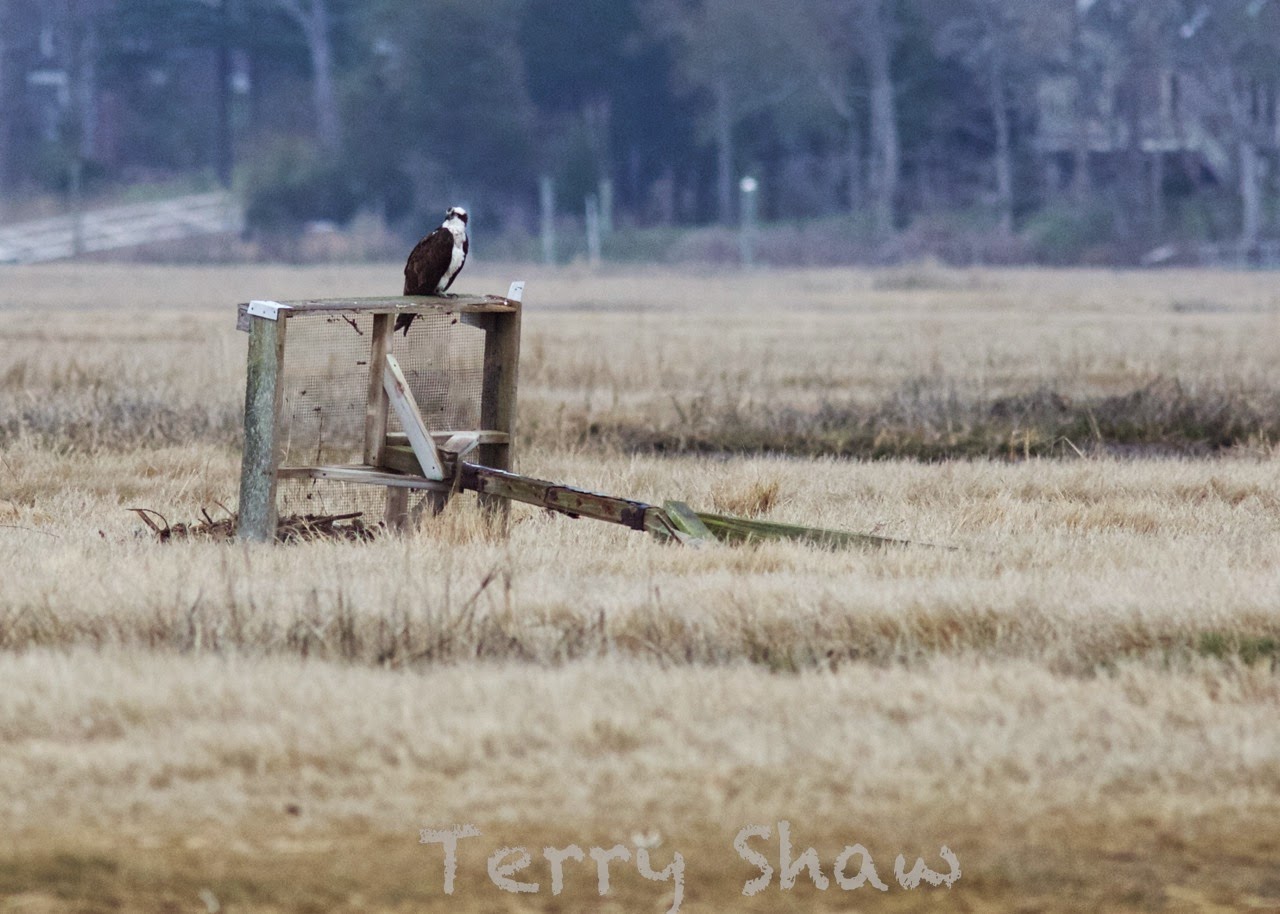Topsmead State Forest (IBA)
Litchfield
Sunday July 13, 9:00 a.m. - 1:00 p.m.
Back by popular demand! Formerly the summer estate of Miss Edith Chase of Waterbury, Topsmead State Forest consists of acres of meadows, wooded lanes, woodlands, wetlands, and maintained gardens. There are many walking trails, picnic areas and viewing blinds, and the park is a great place to see nesting Bobolinks, Meadowlarks, sparrows, hawks and other birds in summer. Beginning birders welcome!
We will spend the morning birding and walking the park’s trails, and will conclude with an optional picnic lunch and guided tour of Miss Chase’s summer house (now maintained by DEEP).
Please bring binoculars, at least 1 water bottle, and a picnic lunch/snack. Field guides, cameras and insect repellent are recommended. There are rustic bathroom facilities within the park, and bathrooms with running water/water fountains at the house. There are no admission fees for entry into the park or the mansion.
Meet the leader at 9:00 am at the commuter parking lot at exit 42 off Route 8 in Litchfield/Burlington, CT.
Optional carpools can be set up by registering or contacting the trip leader.
For questions or to register for this trip, email nina@menunkatuck.org. You can also register online at menunkatuck.org/index.php/calendar1/registration_form/.
Bird Walk at
New Haven Land Trust’s Quinnipiac Meadows/Eugene B. Fargeorge Preserve
New Haven
Sunday July 27, 9:00 a.m. - 11:00 a.m
Menunkatuck, Audubon Connecticut, and the New Haven Land Trust are cosponsoring a one-hour bird walk through the Quinnipiac Meadows/Eugene B. Fargeorge Preserve.
Located on the Quinnipiac River, this 35-acre preserve includes tidal wetlands, coastal forest and coastal grasslands. There are two loop trails on the preserve and a bird blind overlooking the salt marsh and river.
Since the walk is during the start of fall shorebird migration, we have the potential for a good amount of bird activity.
The walk will be led by Corrie Folsom-O’Keefe, Audubon Connecticut’s IBA Coordinator and Katie Blake, Audubon Connecticut’s Bird Friendly Communities Coordinator.
Following the walk there will be live raptor show with birds from the Sharon Audubon Center.
Bring binoculars and water. Field guides, cameras and insect repellent are recommended.
From Route 80 take Quinnipiac Avenue (Route 103) south and take a right on a dirt road just after going under the railroad bridge.
For questions email Julia.Silberman@newhavenlandtrust.org
Bird Watching at Bent of River Sanctuary (IBA)
Southbury
Saturday August 16, 8:30 a.m.- Noon
Bent of River is an approximately 700-acre Audubon sanctuary which offers 15 miles of trails and a variety of habitats such as sandy riverbanks, meadows, wetlands, vernal pools, early successional scrublands and upland forests. The sanctuary is an excellent place to observe birds, butterflies, plants, and wildlife, and to simply enjoy nature. Join Nina Levenduski for a morning of birdwatching and walking to explore the variety of this preserve. Beginning birders and nature lovers welcome! Bring binoculars, hand lens, camera, and field guides (birds & whatever else interests you), and a picnic lunch and water bottle. Insect repellent is also recommended.
Meet at 8:30 am at the parking area just inside the entrance to the sanctuary. Directions to the sanctuary: Take I-84 to exit 14, then proceed north on Route 172 for 1 mile into the village of South Britain. At the General Store, make a left onto East Flat Hill Road. The entrance to the park is 0.4 miles along on the left at the green mailbox.
Optional carpools can be set up by registering or contacting the trip leader.
For questions or to register for this trip, email nina@menunkatuck.org. You can also register online at menunkatuck.org/index.php/calendar1/registration_form/.




















